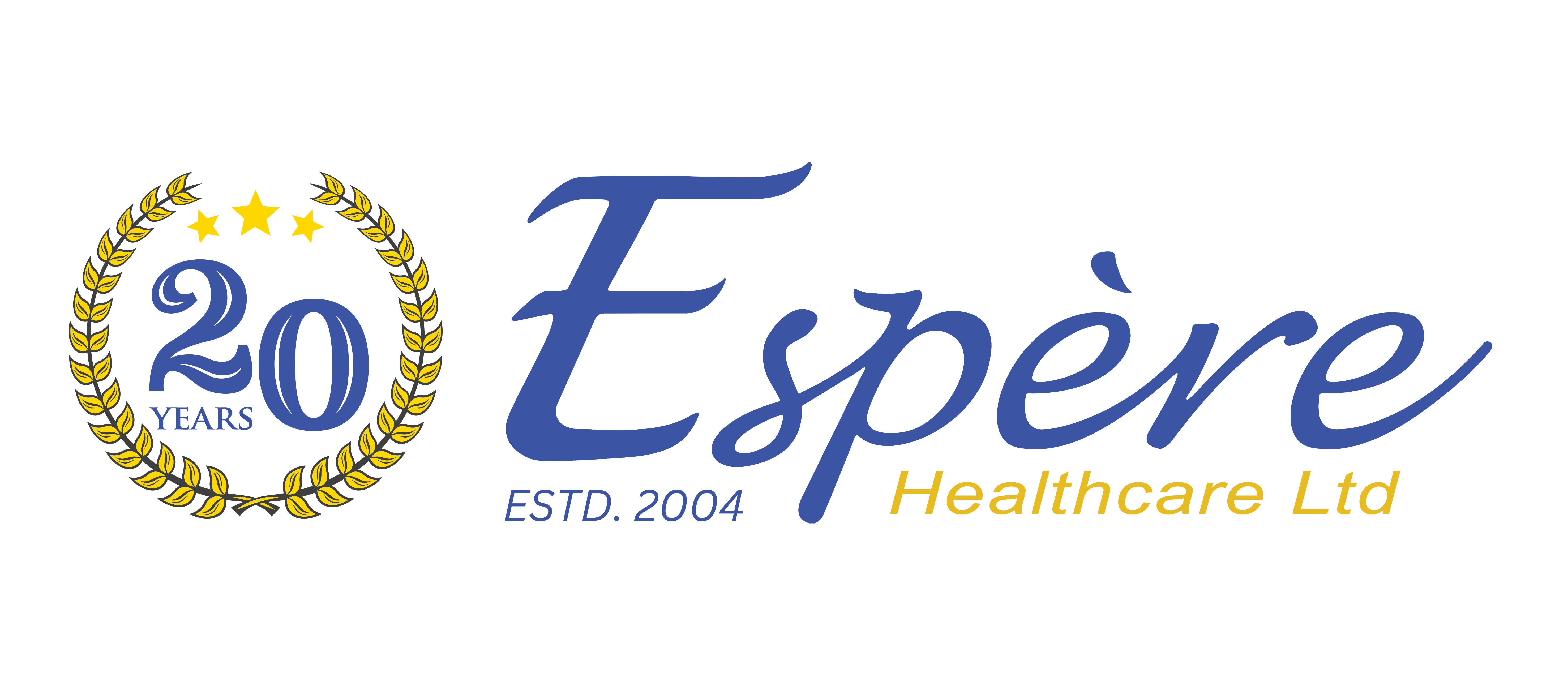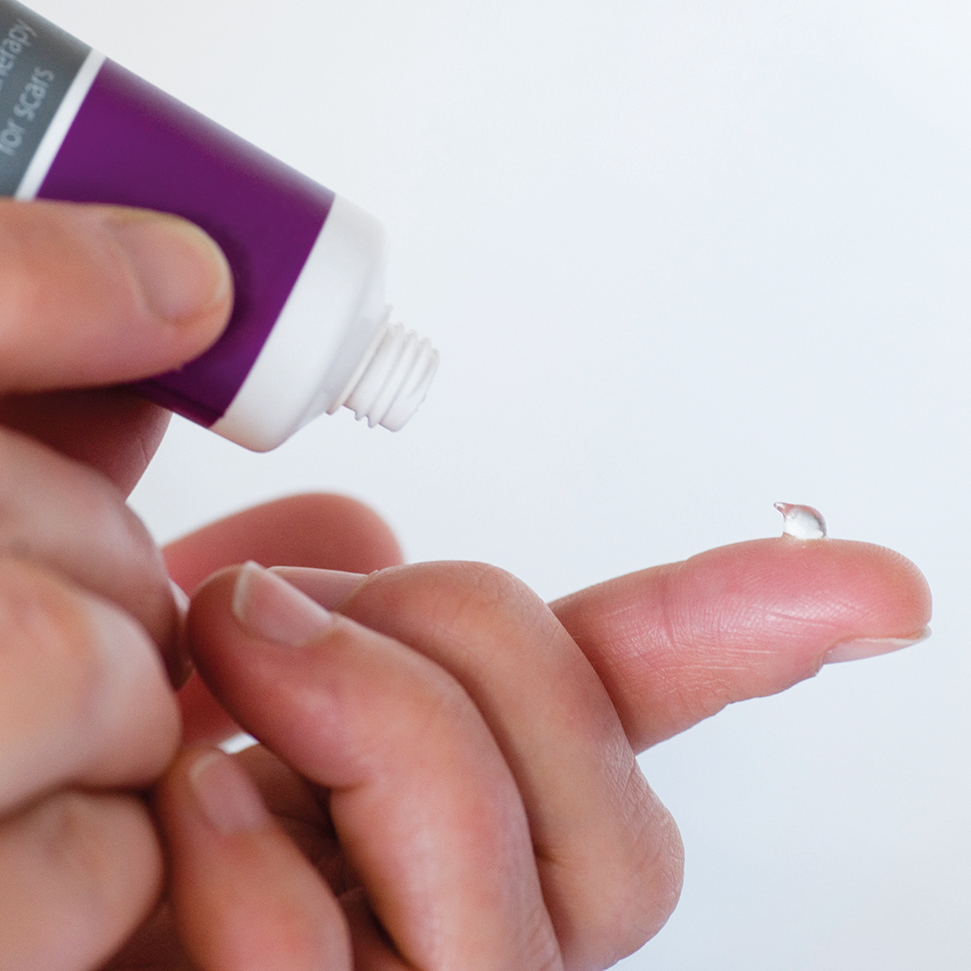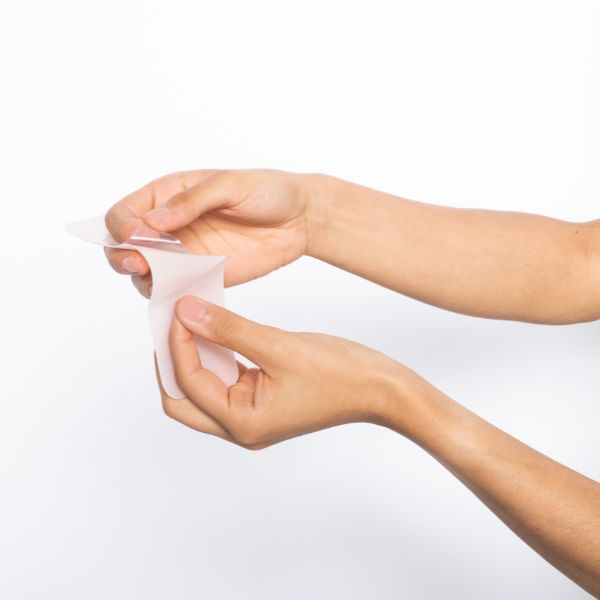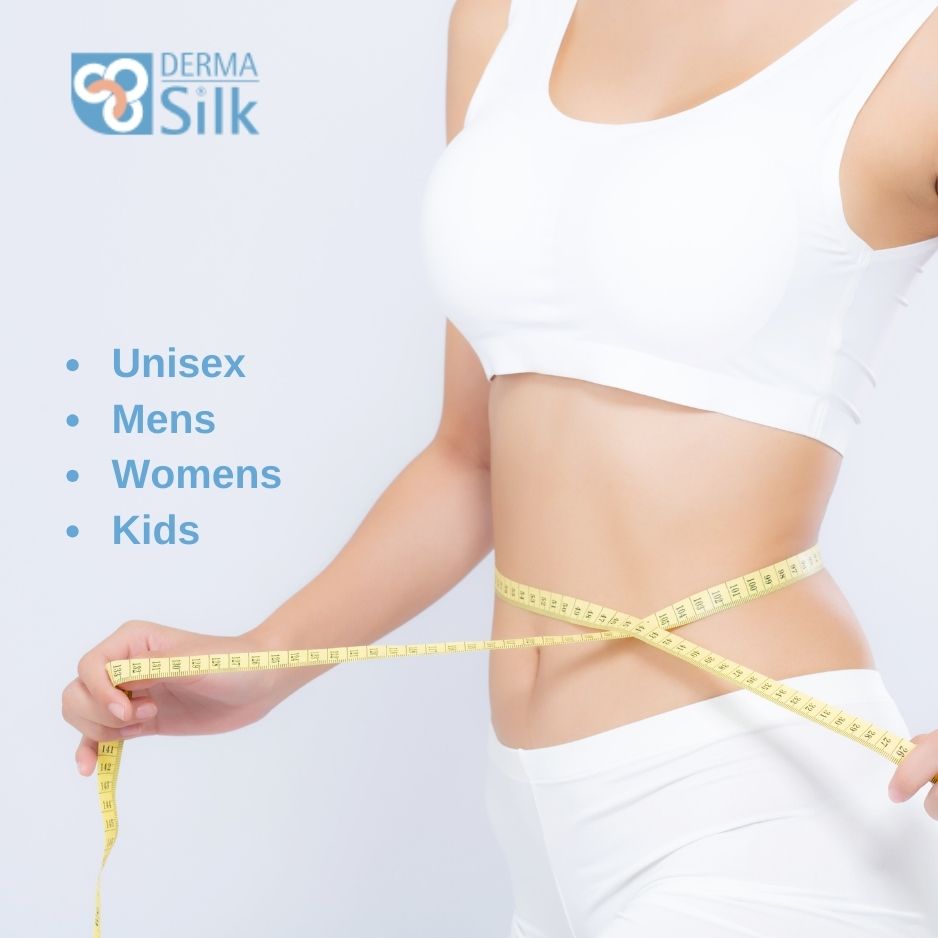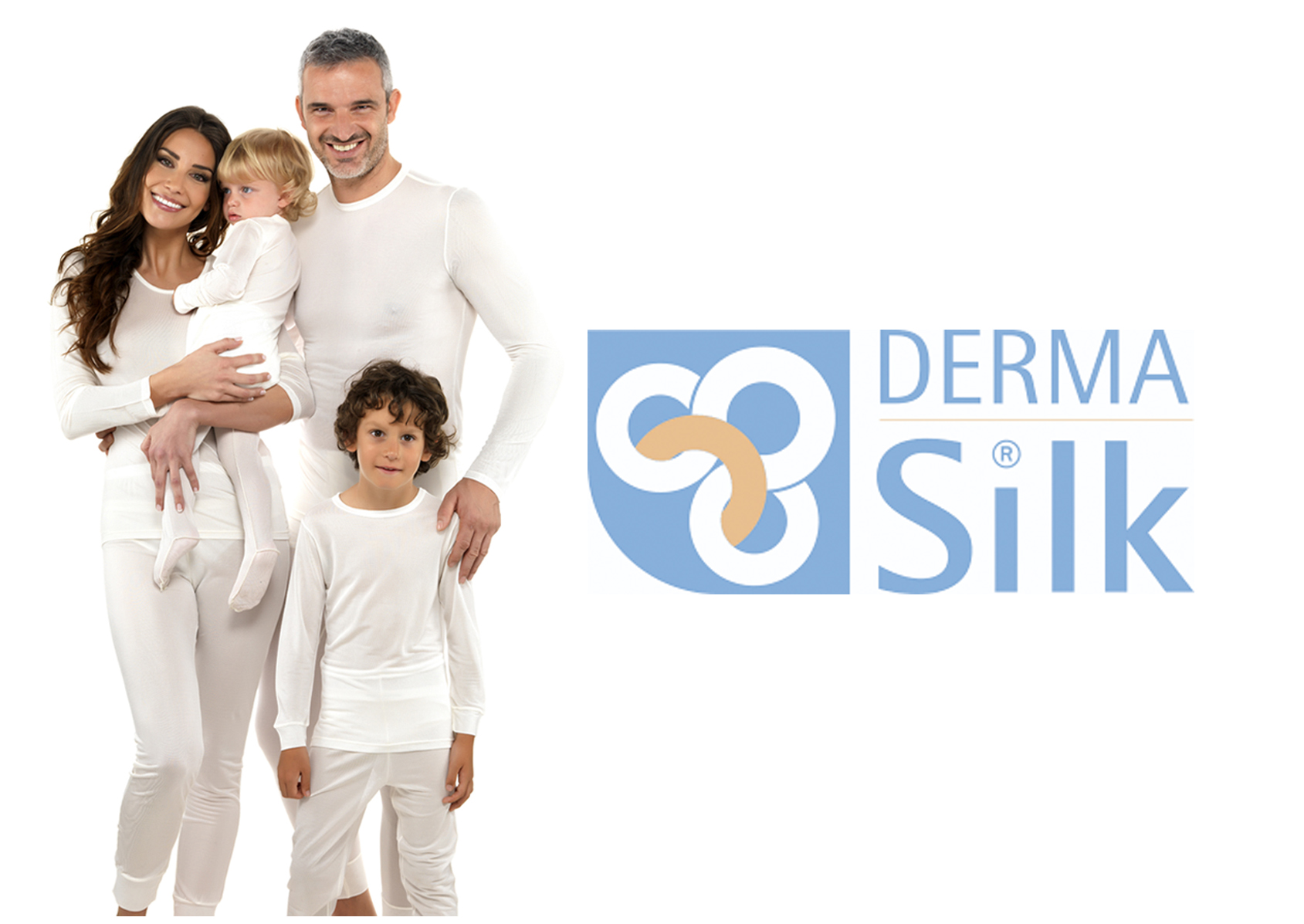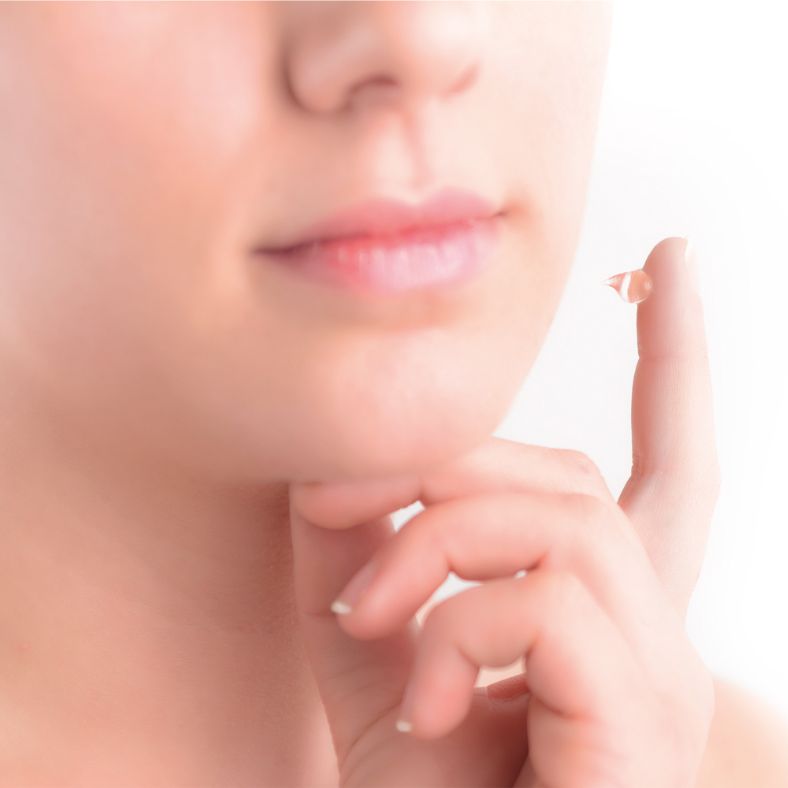Sun protection and skin types
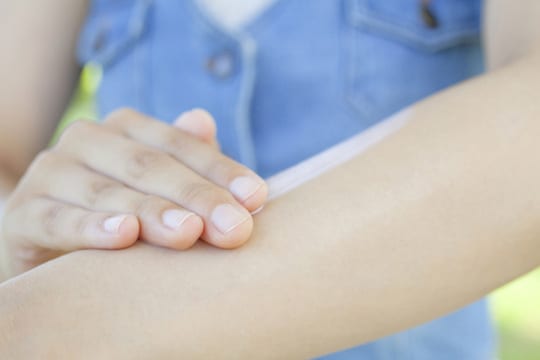
After surgery or a burns incident you are extra vulnerable in the sun. This skin type needs sun protection with something extra. Alhydran SPF 30 offers that little extra. We'll explain why this is even better than regular sunscreen.
Fitzpatrick's 6 different skin types
To understand why, in addition to damaged skin, skin type 1 or 2 are also at risk for sunburn, it is useful to first understand the Fitzpatrick skin typing.
The American dermatologist and scientist Thomas Fitzpatrick developed a classification of skin types. This classification is based on the skin's response to sunlight and the degree of pigmentation.
- Skin type I: Very light skin, often with freckles and ruddy or light blond hair. Always burns and hardly tans.
- Skin type II: Light skin, burns easily and tans minimally. Blond hair, light eyes.
- Skin type III: Medium toned skin, sometimes burns and tans moderately. Dark to brown hair, rather dark eyes.
- Skin type IV: Tinted skin, rarely burns and tans well.
- Skin type V: Dark skin, rarely burns and tans easily.
- Skin type VI: Very dark skin, never burns and has a deep, rich skin tone (negroid).
Increased risk of sunburn in skin types 1 and 2 or damaged skin
Light skin type (types 1 and 2) or damaged skin makes the skin even more sensitive to ultraviolet (UV) radiation and burning and so extra sun protection is crucial. Below, we'll explain why.
Lower melanin levels
People with a light skin type (types 1 and 2) usually have less melanin. This is the natural pigment in your skin that absorbs and scatters UV radiation. A low concentration of melanin means that the skin is less well protected against the harmful effects of UV radiation and damage to the DNA in the skin cells.
Reduced natural protection
In the case of damaged skin (such as burnt skin or a scar), the protective skin barrier is compromised. This top layer of skin is therefore weakened. Due to reduced moisture retention and reduced protection against external factors, harmful solar radiation can easily penetrate the skin. And that's where it can cause damage. Such as discoloration, premature skin aging and even skin cancer.
Combined effect of damage
When the skin is already damaged, the repair process may still be ongoing. Exposure to UV radiation can further affect this weakened skin. This, in turn, can lead to worsened redness, inflammation, and even blistering.
Increased risk of skin cancer
When sunbathing without protection, both people with fair skin types and people with previous skin damage are at increased risk of skin cancer. UV radiation is an important risk factor for the development of skin cancer. The combination of genetic predisposition (light skin type) and existing skin damage increases this risk.
It's important to be extra careful in the sun if you have skin damage or light skin type. For example, wear sun protective clothing and avoid too much sun exposure during peak hours (between 10:00-16:00 UV radiation is often strongest).
And finally, use a sunscreen with a high SPF and ingredients that have been specially added to repair damaged skin.
Differences between ALHYDRAN SPF 30 and regular sunscreens
A regular sunscreen with SPF from the supermarket or drugstore can help you against sunburn. However, skin type 1 or 2 or damaged skin needs extra care to prevent further damage.
What makes ALHYDRAN SPF 30 unique?
Alhydran SPF 30 is not just a sunscreen. It repairs and protects damaged skin for example scars, eczema, dry skin or damaged skin after a treatment. In addition to the high UV protection the cream reduces scarring, itching, pain and redness. The cream with Aloe Vera gel moisturises your sensitive skin. This allows your skin to recover, symptoms exoeriecned and at the same time protect you against UVA and UVB radiation.
The benefits of ALHYDRAN SPF 30 at a glance
- Alhydran SPF 30 provides protection against both UVB and UVA rays. This is so important for your damaged skin. Sunlight can slow down healing and aggravate skin issues.
- Hydration and fluid balance: A damaged skin barrier needs extra moisture to repair. Alhydran SPF 30 contains a higher content of moisturizing ingredients than regular sunscreens. This helps to restore the moisture balance of damaged skin and makes the skin more supple. This is due to the following:
- Aloe Vera Gel: The main ingredient of Alhydran. This pure gel, originating from Aruba, is processed immediately after harvest, without treatment, heating or concentration. This guarantees the quality of Aloe Vera in Alhydran. Aloe Vera gel has the ability to attract moisture from the deeper layers of the skin.
- Natural oils: Prevent your skin from losing too much moisture. We call these occlusive substances.
- JoJoba Oil: This makes the skin soft and supple.
In conclusion, Alhydran SPF 30 combines sun protection with skincare, which is beneficial for people who are extra vulnerable in the sun. This sunscreen for damaged skin promotes healing, comfort, and helps prevent sun damage.
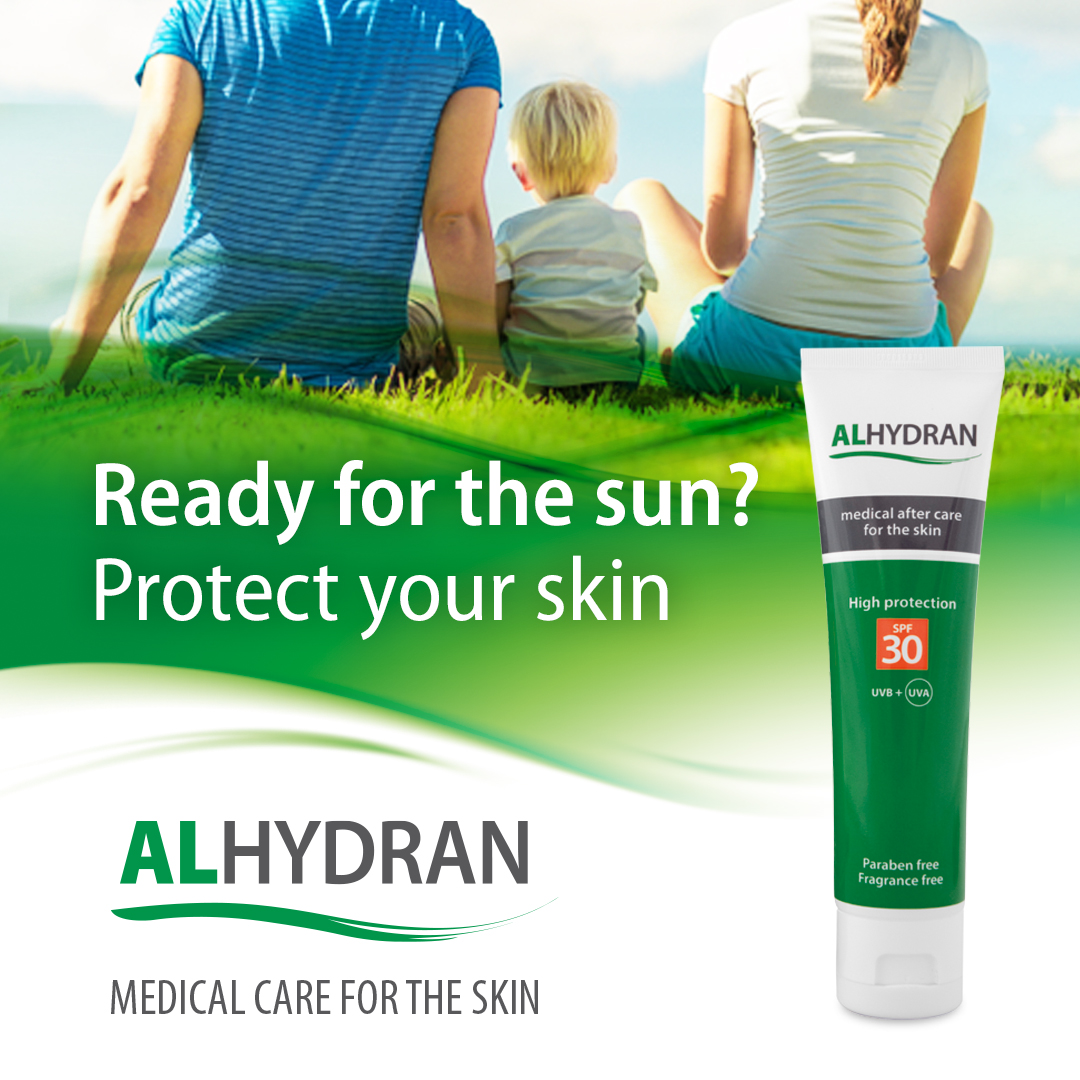

About the Author

Topics
- Scarban
- Scarban
- Dermasilk
- Eczema
- Alhydran
- Therapeutic clothing
- BAPScarCare
- Sensitive Skin
- Eczema clothing
- Itching
- Varicose eczema
- Dermasilk wash and care instructions
- Jock itch
- Menopause
- Chemotherapy
- Clinical studies
- Size guide
- DermaTherapy bedding
- Night sweats
- Bedsores
- Insomnia
- Night Terrors
- Recovery
- Anti-microbial
- Stain-Resistant
- Vulvodynia
- Testimonials
- Eczema in kids
- Instructions for use
- Scar treatment
- Silicone sheet
- Facial scars
- Scars on hand
- Scar on finger
- Eczema
- SPF
- Eczema creams and lotions
- ALHYDRAN Special Care
- Warts in children
Tags
